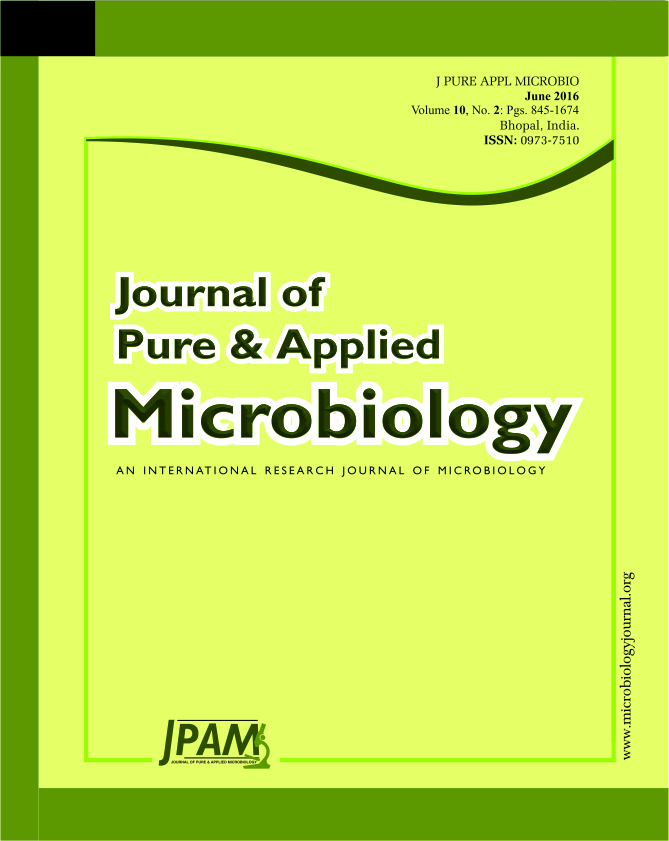The objective of this work is to evaluate the efficiency of Neonothopanus nambi isolate PW2 on its ability to induce systemic resistance against root-knot nematodes, Meloidogyne incognita in tomato plants. Results of split-root experiments showed that tomato roots treated with the combination of culture filtrate and spawn (CF+SP) and the spawn (SP) reduced nematode penetration of 92.3% and 83.5%, respectively. Moreover, both treatments reduced 3.5% of root galls. For evident observation of induced resistant property of N. nambi, the defense enzyme activities, phenolic compound, salicylic acid, phenylalanine ammonia-Lyase (PAL), polyphenol oxidase (PPO), chitinase and protease were determined after 10 days of N. nambi treatment. Result revealed that most of defense enzyme activities were detected with maximum activities in mycelial spawn of N. nambi PW2 which presented highest phenols (0.205 mg-1 g fresh weight), PPO (14.15 µmol (quinone) mg-1 protein/hr), chitinase (5.23 µmol (GlcNAc) mg-1 protein/hr) and protease (26.05 µmol (tyrosine) mg-1 protein/hr). The high accumulation of salicylic acid were obtained from tomato root treated with spawn (SP), CF+SP and CF of 0.268 mg g-1, 0.265 mg g-1 and 0.250 mg g-1 of tomato root fresh weight, respectively. The highest PAL activities were detected from tomato roots treated with combined CF+SP and spawn of 31.51 and 29.17 µmol (trans-cinnamic acid) mg-1 protein/hr, compared to control treatment (untrated). Fourier transformed infrared (FTIR) was applied for monitoring the biochemical changes of tomato roots after treated with different treatments of N. nambi. Spawn treatment presented higher absorbance peak of protein, lignin and hemicelluloses than that of other treatments and untreated root. This study suggested that the luminescent mushroom, N. nambi has inducing resistant property against root-knot nematode, M. incognita in tomato plants depended on applying strategies.
Induced resistant, Luminescent mushroom, Neonothopanus nambi, Root-knot nematode, Tomato.
© The Author(s) 2016. Open Access. This article is distributed under the terms of the Creative Commons Attribution 4.0 International License which permits unrestricted use, sharing, distribution, and reproduction in any medium, provided you give appropriate credit to the original author(s) and the source, provide a link to the Creative Commons license, and indicate if changes were made.


